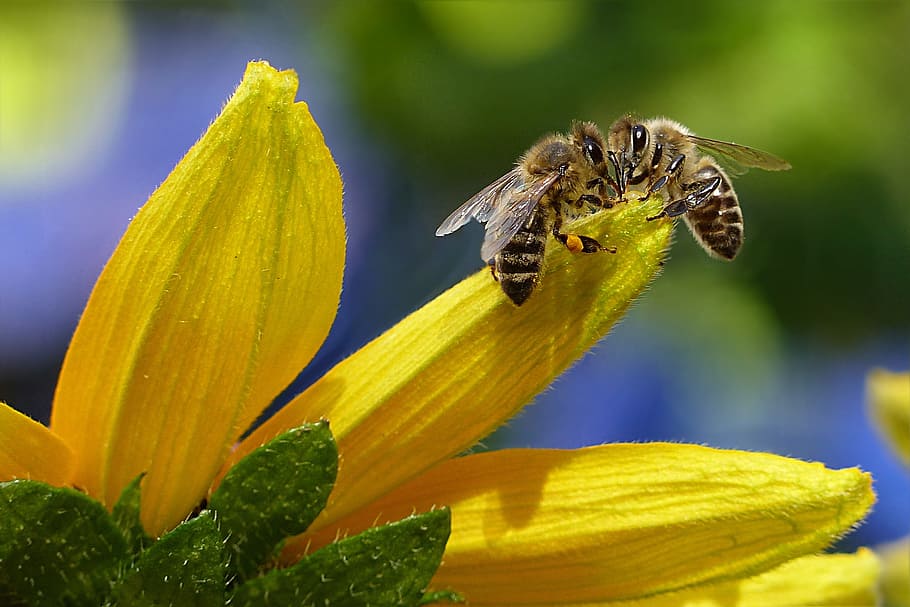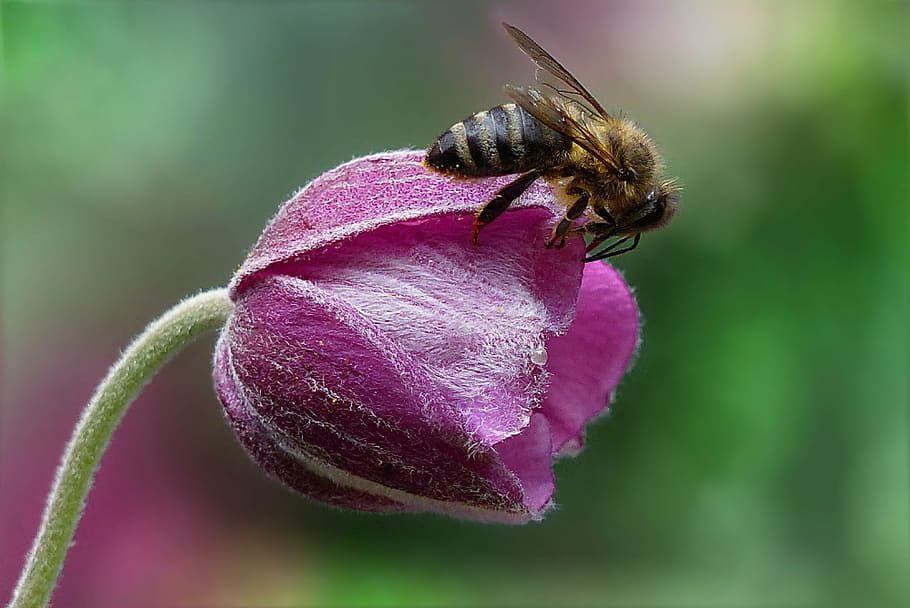Hey there, fellow nature lovers! Today, we are going to dive into the barren region wonderland of Bee Species in Arizona and explore some captivating creatures that play a vital function in our ecosystem—bees! These tiny, humming beauties aren’t only hardworking little pollinators but additionally, deliver a touch of sweetness to our lives. So, take hold of your honey pot, placed it on your sunhat, and let’s task into the arena of bee species in Arizona!
The Bee Bonanza:

First things first, you might wonder what number of bee species call Arizona home. Well, preserve on to your hats, because Arizona is a bee bonanza! We’ve got over 1,000 species of bees buzzing around here. That’s more than the number of flavors at your favored ice cream parlor!
The Desert Dwellers:
In the scorching hot desert, you’d think bees would be seeking shady spots to take a break, right? Well, think again! These desert dwellers are tough cookies and can handle the heat like a seasoned sunbather. They’ve got their own special ways to stay cool and avoid getting a bee-rrito.
Meet the Celebrities:
Okay, enough with the puns! Let’s meet some of the bee superstars of Arizona:
1. The Bumblebees:
You’ve in all likelihood heard of bumblebees; they are similar to the big, fuzzy teddy bears of the bee global. These guys are so adorable; they make even the fiercest barren region cacti soften with their cuteness. They play an important position in pollinating wildflowers and crops, making sure we have got a bountiful harvest.
2. The Carpenter Bees:
Now, don’t worry; these bees aren’t skilled carpenters building tiny furniture. But they sure are master craftsmen when it comes to excavating their nests in dead wood. They’ve got the tools for the job—strong jaws that could even put your neighbor’s DIY project to shame!
3. The Sunflower Bees:
These bees are all about that flower energy! They adore sunflowers extra than you love pizza. You might spot them dancing around sunflowers, amassing pollen with all the finesse of an inept ballerina—no offense to the ballerinas, of the path!
As the call suggests, these bees are expert masons. They construct their nests with mud, making them the real architects of the bee world. If they had commercial enterprise cards, they had probably studied: “Mud Mason Extraordinaire.”
The A-Listers:
Among the bee species in Arizona, some bees are just like the celebrities of the bee network. They’re so famous that even the flora roll out the red carpet for them!
1. The Africanized Bees:
These bees are the speak of the town, and now not continually in an excellent way. They’re the descendants of African honeybees that got a piece overexcited and decided to invade America. Think of them as the “Kardashians” of the bee global—attention-grabbing and on occasion a bit too feisty.
2. The Honeybees:
Ah, the honeybees—nature’s sweet makers! These guys are the authentic sweethearts of the bee country. Not simplest do they produce delicious honey, but they’re also diligent employees, clocking in extra hours than your favorite caffeine-addicted coworker.
Desert Challenges:
Living within the wasteland isn’t all sunshine and roses, even for bees. It’s a hard gig accessible, and our humming buddies face some particular demanding situations.
1. The Water Crisis:
You’d think bees could have pool events to beat the warmth, but unluckily, they’re now not into freestyle swimming. Water is scarce inside the barren region, making it difficult for bees to stay hydrated. Sometimes they should make do with the cactus juice, which is greater prickly than fresh.
2. The Urban Buzz:
As the cities develop, bees are feeling the stress too. Urbanization approaches less plant life and extra concrete, which is not a perfect scenario for our pollinating buddies. They’re like tiny tourists looking to navigate Times Square—a lot of hustle and bustle!
Save the Bees! (No capes required!):
Now, right here comes the superhero element! Bees are in problem, and they want our help! But fear not, you don’t need a superhero cape to be a bee-saver.
1. Plant Bee-friendly Gardens:
Hey, green thumbs! Planting bee-friendly flowers in your garden is like inviting them to a no-way-ending buffet. Bees love a numerous menu, so the greater range, the higher! Let’s supply them with a gourmet lawn revel!
2. Bee Hotels:
Yes, you heard that right—bee inns! These aren’t holiday spots for bees, but alternatively, comfy little nests they can call domestic. Think of it as an AirBee-n-Bee for our flying pals!
3. Mind the Pesticides:
While we want to hold pesky bugs away, a few pesticides can damage our bee friends too. So, permit’s use green options that don’t mess with our pollination birthday celebration!
Conclusion:
Arizona is a humming haven for bees, where they play an important role in retaining the stability of nature. These tiny creatures deserve our admiration and protection. So, allow’s be the bee heroes they want! Next time you spot a bee operating its magic, remember to provide it a bit of cheer and maybe a pleasant wave—after all, they’re the actual MVPs of the barren region!
Now, exit there, discover, and don’t forget to bee-type! Happy bee-recognizing, all of us!
Faqs:
1- What type of bees does Arizona have?
Ans- Arizona is domestic to numerous bee species, which encompass honey bees, bumblebees, woodworker bees, leafcutter bees, and mason bees.
2- How many species of bees are in Arizona?
Ans- Around 1,000 recognized bee species may be decided in Arizona.
3- What are 5 species of bees?
Ans- Common bee species in Arizona are honey bees, bumblebees, wood employee bees, leafcutter bees, and mason bees.
4- What kind of bees live in the desert?
Ans- In the wasteland, you may find bees tailored to arid situations, along with solitary bees and sure varieties of bumblebees.
5- What are the 3 main bees?
Ans- The 3 primary types of bees are solitary bees, bumblebees, and honey bees.
6- Are there a lot of bees in Arizona?
Ans- Given Arizona’s diverse landscape and flora, it provides a favorable habitat, resulting in a significant population of bees.
Read More:
- Honey Types and Their Benefits
- Why are Bees Considered a Keystone Species
- Honey Diet: Part of a Healthy Lifestyle
